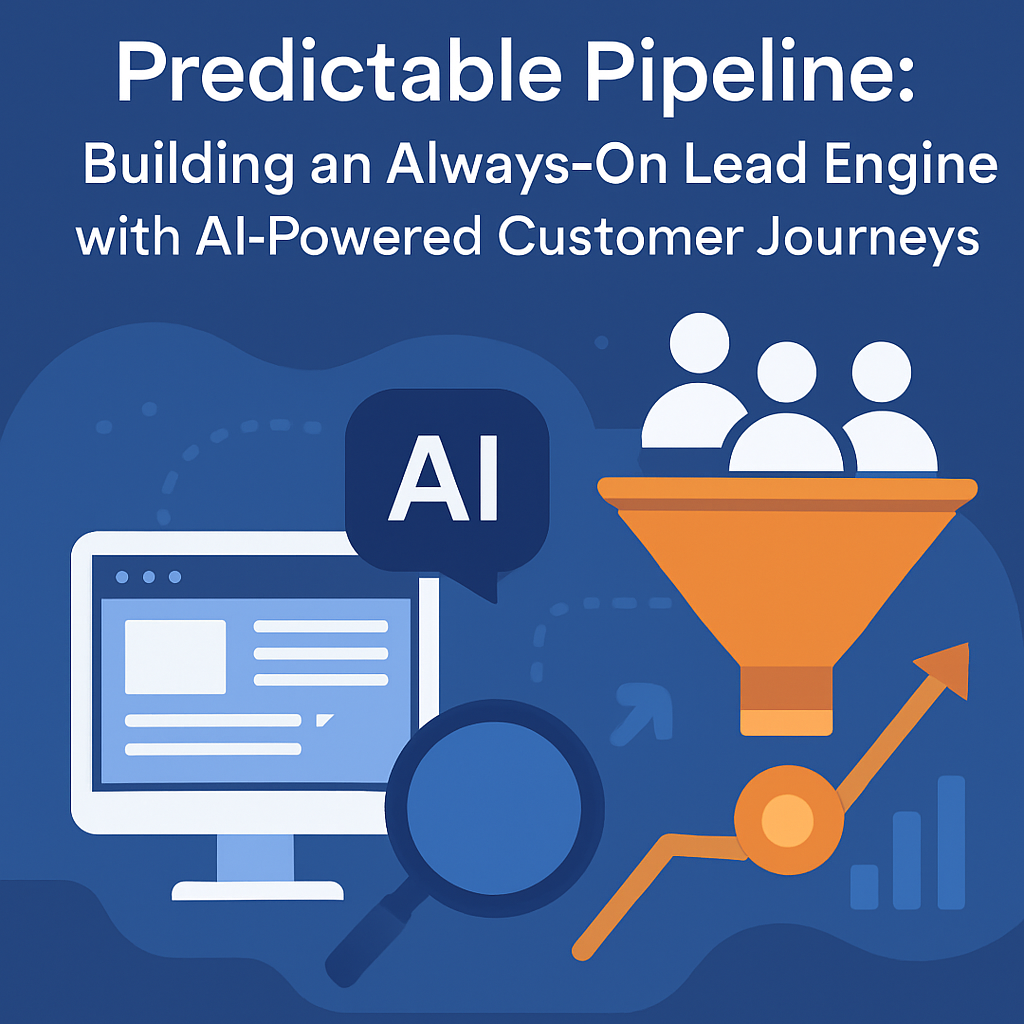
Unfortunately, there are many common website design mistakes that can be made at any given time during a business’s lifespan. There are also very specific ones that should be avoided at all cost when launching your new website, right after your business site has gone live for the first time. Understand these common mistakes listed below, and then steer clear of them!
What does a good website look like?
A good website should be easy to navigate, regardless of the platform the visitor is using, and should be aesthetically pleasing. It should also be incredibly mobile-friendly, utilize good SEO practices, and have clear and effective calls to action spread throughout.
3 Common Website Design Mistakes Made During Post-Launch
When people think of website design, they often only think of how sites look. And while this does have a lot to do with the overall design of your website, features like analytics, menus, and links all contribute to a well-designed website… or a poorly designed one. Ensure that you recognize these steps below to ensure that your post-launch period is free of unnecessary errors!
For additional mistakes to look for listen to our podcast episode Top 5 website design mistakes.
1. Not Fixing Broken Links or 404 Pages
One broken link isn’t going to ruin your whole website, is it? Not necessarily… but you never know when these broken links can slowly spiral out of hand, or when a customer will be completely turned off from your business simply because they cannot accurately access what they need on your site. Ensure that your website has no broken links and always check to make sure that your 404 page hits aren’t high each day.
If you have a 404 page — pages where URLs have been changed or where the page no longer exists on your site — redirect customers from that URL to another through a 301 permanent redirect. You don’t want to lose customers because it’s hard to access certain parts of your website. Leaving loose ends and broken links around is one of the most common website design mistakes, even for major publishers, and should be completely avoided!
2. Not Paying Attention to Analytics
Analytics help you understand what’s working on your site and what’s not. It’s that simple. Now, truly understanding your analytics is a bit more work than that. But you should never ignore your analytics, as they help you understand whether your site is working optimally for your customer or not.
Pay attention to all analytics, though especially to conversion and bounce rates. These will help you understand if your visitors are finding what they want and need on your website. The only way you’ll be able to optimize your website content is by understanding these analytics and taking action on the results.
3. Not Optimizing Site For SEO
Ensuring that your whole website is accurately optimized for SEO is crucial for any business. Even if you follow good SEO methods before you launch, always make sure that you’re improving and optimizing your site after you launch, when needed.
It’s important that your meta data is accurate. Many of the big SEO plugins like Rank Math will make this easier for you by telling you want is missing and scoring your pages.
Creating a Google My Business page will also help with your SEO and give your site a well-needed boost. Having a Google My Business page is one of the best things you can do for your business, as it can help bring in more traffic.
Register your site with Google Search Console and then fix issues as you get notified about them. The search console is also a great place to find out what keywords are working best for you so check out their stats as well.
Create a Well Designed Website Today
Do you want a website that converts regular site visitors into real customers? We can help! Schedule a time to chat with us now to learn more!












